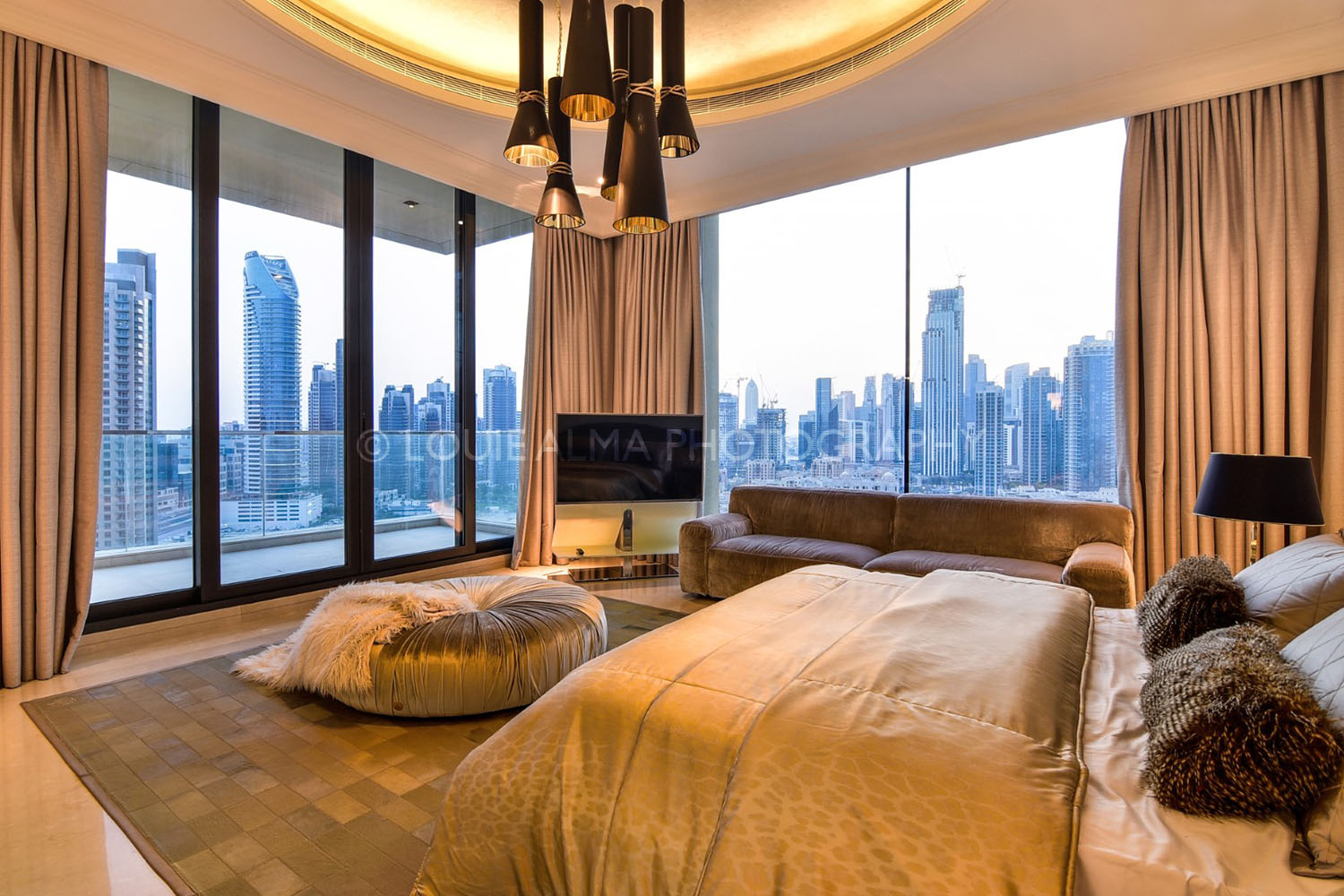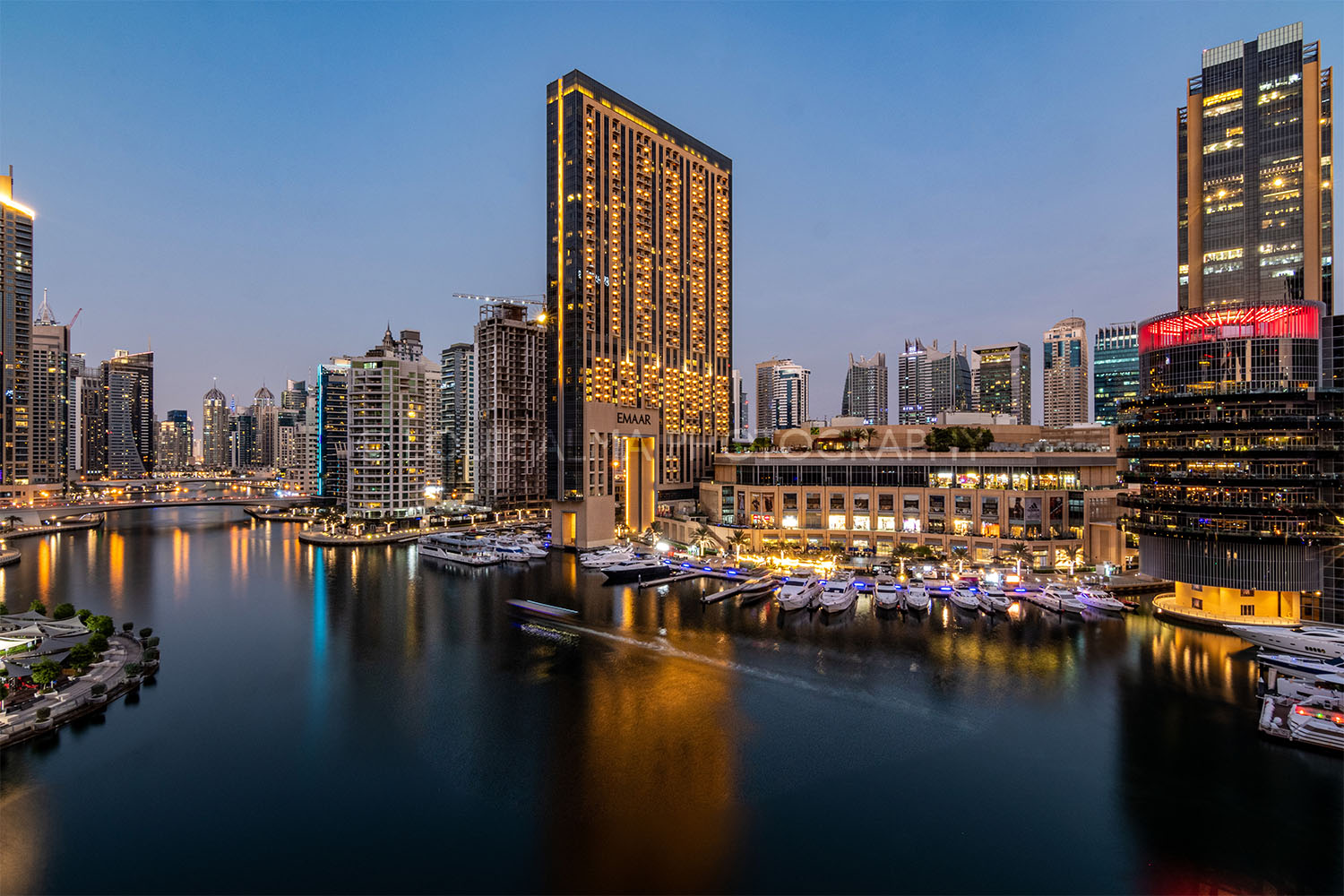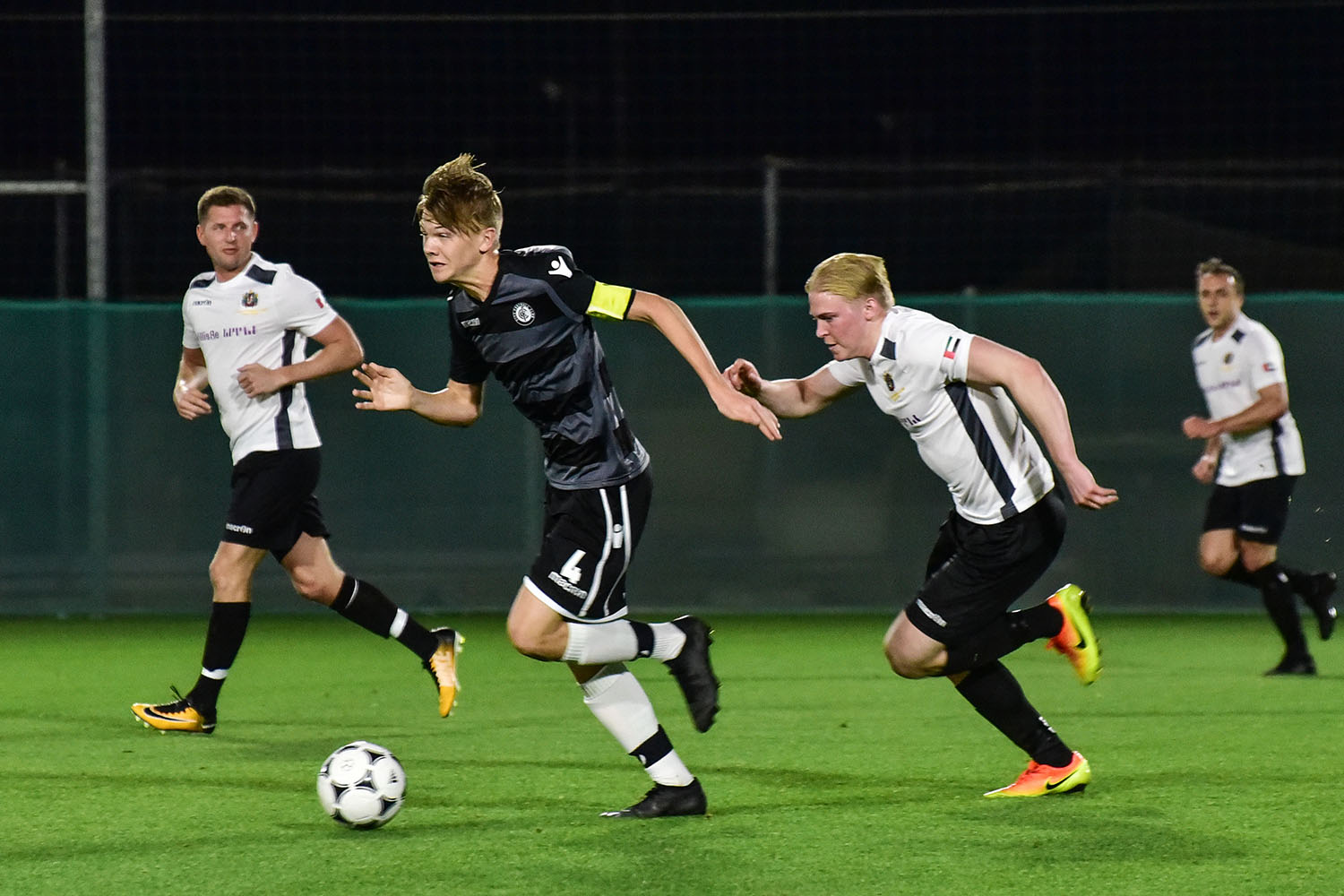Strolling through the high-tech neighbourhood of Mission Bay in San Francisco and you may be surprised to discover LUMA Hotel. The first and only hotel in the area, it stands amongst sleek offices belonging to the likes of tech behemoths such as Visa and Uber.
But LUMA is no minnow among giants. The hotel, whose name translates to “bright light”, contains almost 300 rooms, multiple conference spaces, and a high-end gym to rival the very best of them.

LUMA Hotel conference space (c) Lucy Woods
Welcoming guests since the summer of 2022, LUMA prides itself on combining innovation with comfort, utilising smart tech and clever design features. Colourful laser-cut panels adorn the outer walls, and the bright, airy lobby is furnished with tastefully upholstered armchairs.
Bold artworks adorn the walls (and sometimes ceilings), created by local artisans including Jim Cambell, who is famous for designing the permanent LED installation on top of the Salesforce Tower.
A huge flat-screen TV spans an entire wall of the lobby, displaying San Francisco in all its bohemian glory. There is plenty to distract the eye here, but I was immediately diverted by the friendly smiles of the hotel staff, who warmly welcomed me to LUMA.
Who for
Mission Bay is the home of numerous tech and finance companies so if you are in the city on business, you may very well find yourself staying here.
It is also near two of the city’s major sports arenas: Oracle Park, home of the San Francisco Giants (Major League Baseball) and Chase Center, where thousands flock during baseball season to watch the Golden State Warriors in action. If you plan to watch a game or concert at one of these venues, LUMA is an excellent base, as both are about a 10-minute walk from the hotel.
Accommodation
I stayed in one of the Premier Corner Rooms on the 13th floor, which are furnished with two king beds, making them ideal for a family stay. The floor-to-ceiling windows offered picturesque views of Oracle Park and the Bay.

LUMA Hotel Premier Corner Room (c) Lucy Woods
A lot of thought has clearly gone into the design of these rooms, which have fully automated blinds, shutters, and temperature controls. The safe was easily accessible, and there was plenty of space for me to hang my clothes (a shout out to there being more than a three clothes hangers, which seems to be the standard at many hotels).
The bathroom had a spacious shower and an anti-fog mirror framed by rather flattering lighting. At nighttime, rather than having to switch on a blinding bulb, soft blue light automatically illuminated the bathroom as I stepped inside.
Bathroom amenities include products by Etro and a CHI Touch 2 hairdryer. Full-sized shampoo, conditioner, and shower gel are affixed to the wall, which I always appreciate as the tiny bottles are never enough for my long hair.

Products by Etro at LUMA Hotel (c) Lucy Woods
One sweet touch is that each room includes a cuddly soft toy called Fozzy named in honour of a local therapy dog, who can be purchased for $25. All proceeds go to Family House, a charity which provides temporary housing and support to families with seriously ill children undergoing medical treatment.
Food and Drink
San Francisco is a city of technological innovation, known for self-driving cars and artificial intelligence. LUMA Hotel has taken this one step further with robots that deliver your breakfast or takeaway meal to your room.

Robots can deliver breakfast to your room (c) LUMA Hotel San Francisco
You simply scan a barcode using your phone and choose from a selection of savoury bites, pastries, smoothies, and hot drinks. Wait about 10 minutes, and you will receive a phone call from your robot friend when they arrive at your room.
The robot who delivered my breakfast on both mornings was rather suitably named Lucie. Resembling a large, high-tech pedal bin, all I had to do was confirm my arrival on the touchscreen and “Lucie” popped her lid open so I could collect my breakfast. She then made a series of rather adorable robot noises before turning around and tootling off. I must admit I rather enjoyed the experience.
All breakfast items are available to purchase at the TWYNE coffee bar downstairs, which converts into a cocktail and wine bar after 5pm.

Cavaña (c) LUMA Hotel San Francisco
LUMA also has an excellent rooftop bar and lounge on the 17th floor, serving up a delectable selection of cocktail and sharing plates inspired by the cuisine of Central and South America. The views along are worth a visit, especially when accompanied by a Pisco Punch or Zacate Limon cocktail.
Facilities
I am always curious to check out the hotel gym, and I was pleasantly surprised by what was on offer at LUMA. The 1,500 square fitness centre is packed with free weights and premium cardio equipment complete with touch screens and personal fans. I tried many different machines, my favourite being the cross trainer, and was very impressed by the quality.

High-end gym equipment at LUMA Hotel (c) Lucy Woods
LUMA is able to cater for a diverse range of meetings and events with eight meeting spaces, the largest of which has capacity for 120 people. The robot butlers can also be deployed to deliver snacks here, which I can imagine is popular with the tech crowd.
How much
Deluxe rooms start at $249 per night, and Premier Corner Rooms start at $299 per night.
What’s nearby?
Once just a functional business district, Mission Bay is currently going through a redevelopment to encourage more tourists to explore the area. Within a 15-minute walk from LUMA Hotel you can visit China Basin Park, enjoy a round of mini-golf at Stagecoach Greens, and dine out at some excellent restaurants. Flour + Water serves up a delectable selection of pizzas, and if you are feeling fancy, head to Via Aurelia for fine dining fare inspired by the Tuscan coast.

China Basin Park (c) Lucy Woods
Guests at LUMA can take part in a VIP basketball experience and watch a game from the hotel’s Club Suite, which has fantastic views of the court and balcony seating for up to 16 people. Included in the experience is a catered selection of food, wine, and beer, and you can also request transportation to the game on golf cart.

Water biking under the Bay Bridge (c) Damien McCloud
LUMA also offers some fun activity packages including cocktail making at Gold Bar Whiskey on Treasure Island, and water biking on the San Francisco Bay. The water bikes resemble floating Pelotons and are a fun way to explore the bay and spot wild marine animals such as dolphins, seals, and sealions.
Verdict
If you are on the hunt for a hotel in San Francisco that is comfortable, contemporary, and genuinely rooted in its neighbourhood, LUMA Hotel is an excellent choice. The breakfast-delivering robots are great fun and so very San Francisco, and the location here is ideal if you are planning to visit either Oracle Park or the Chase Center. Mission Bay is an up-and-coming area of the city and thus LUMA is very well situated, so watch this space.
LUMA Hotel San Francisco
100 Channel St, San Francisco, CA 94158
Tel: +1 (415) 266 9999
The post LUMA Hotel review, San Francisco, Mission Bay, California appeared first on The Travel Magazine.


























